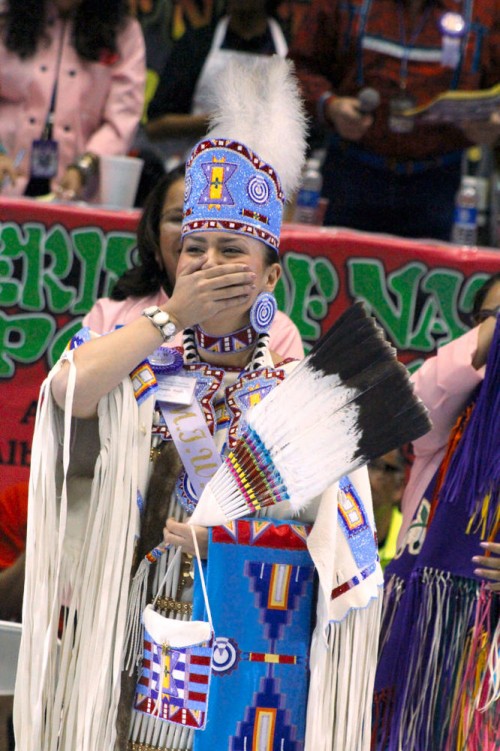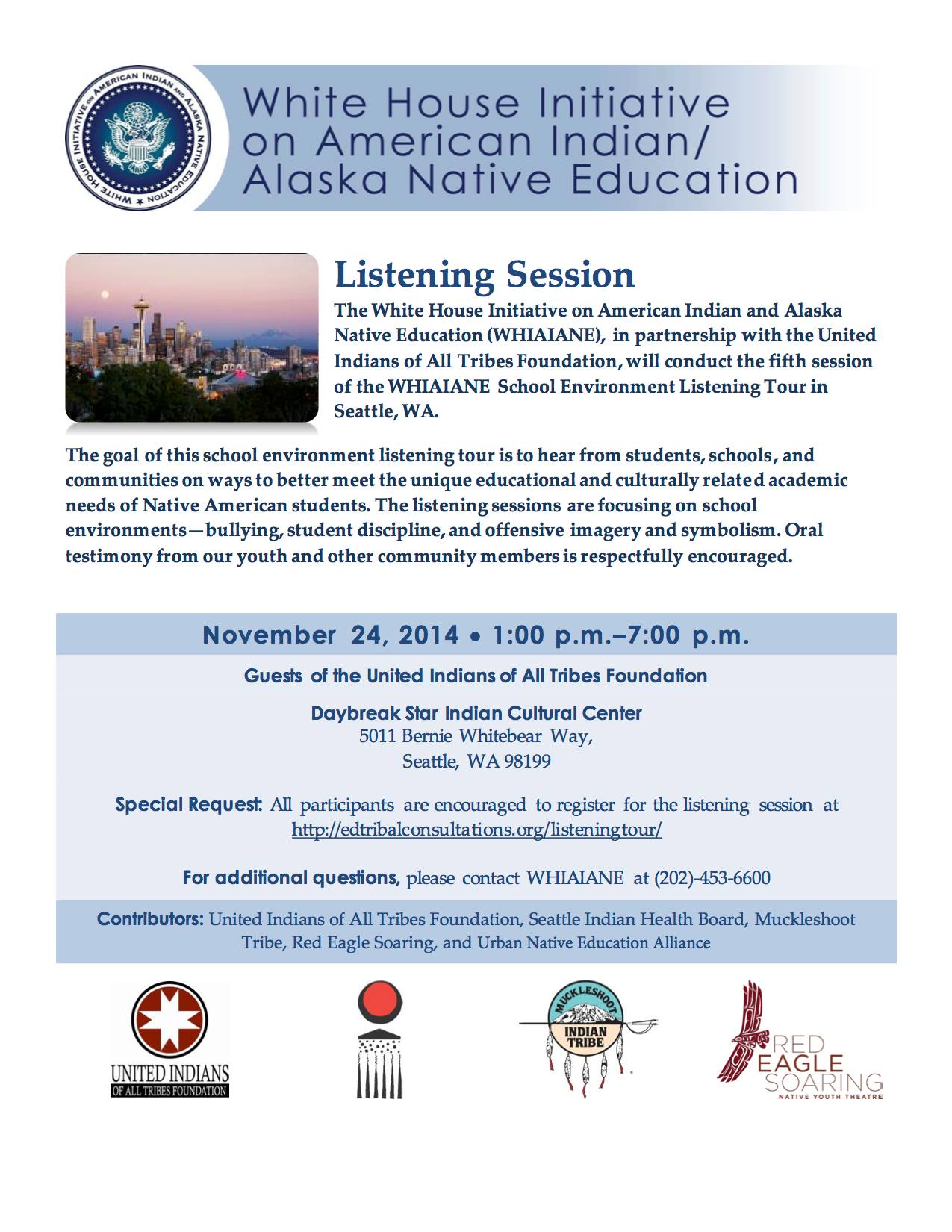VANCOUVER, Wash., Aug. 6, 2015 /PRNewswire-USNewswire/ — For the fifth year, Native Arts and Cultures Foundation (NACF) awards its distinguished National Artist Fellowship to a new group of talented, recognizable and promising artists. Thirteen awardees were selected from a national open call of American Indian, Alaska Native and Native Hawaiian artist applicants who were meticulously reviewed by a panel of invited art experts. Awards were made in five art categories namely the Visual arts, Traditional arts, Performing arts, Literature and Music. The awarded artists come from several states and the District of Columbia: Alaska, Arizona, California, Colorado, District of Columbia, Hawai’i, Michigan, Minnesota, New York and Washington.
“This year’s National Artist Fellows are awe-inspiring and we are excited to be recognizing and honoring some of America’s highly praised Native artists through these Fellowships,” says the foundation’s Director of Programs Francene Blythe. “We hold in the highest esteem such an amazing pool of artists who are provocative, outspoken and challenge their imaginations to ever new heights of ingenuity, which invigorates their work.”
The Native Arts and Cultures Foundation (NACF) National Artist Fellowship gives a monetary award that assists with support in order to provide Native artists the opportunity to explore and experiment with new creative projects and further develop their artistic careers. NACF is grateful for the support of the Ford Foundation and the generosity of arts patrons for making these national fellowships possible.
2015 National Artist Fellows:
Visual Arts
- James Luna, Luiseño/Diegueño
- Anna Tsouhlarakis, Navajo/Creek
- Frank Big Bear, White Earth Ojibwe
Traditional Arts
- Clarissa Rizal, Tlingit
- David Boxley, Tsimshian
- Kelly Church, Grand Traverse Band Ottawa and Chippewa
Music
- Stephen Blanchett, Yup’ik
- Lehua Kalima, Native Hawaiian
- Starr Kalahiki, Native Hawaiian
Literature
- Layli Long Soldier, Oglala Sioux
- Laura Da’, Eastern Shawnee
- Linda Hogan, Chickasaw
Performing Arts
- Martha Redbone, Cherokee/Shawnee/Choctaw descent
The Native Arts and Cultures Foundation’s mission is to promote the revitalization, appreciation and perpetuation of American Indian, Alaska Native and Native Hawaiian arts and cultures through grant making, convening and advocacy. To date, NACF has supported more than 150 artists and organizations in more than 24 states and Native communities nationwide. To learn more about the National Artist Fellows and NACF’s work—nurturing the passion and power of creative expression, visit: www.nativeartsandcultures.org.
Media Contact: Liz Hill (808) 856-6012 / liz@lizhillpr.com
Rupert Ayton (360) 314-2421 / rupert@nativeartsandcultures.org










